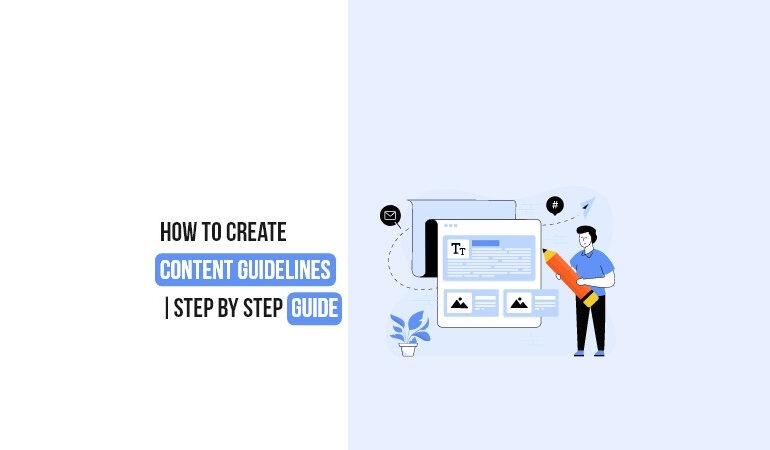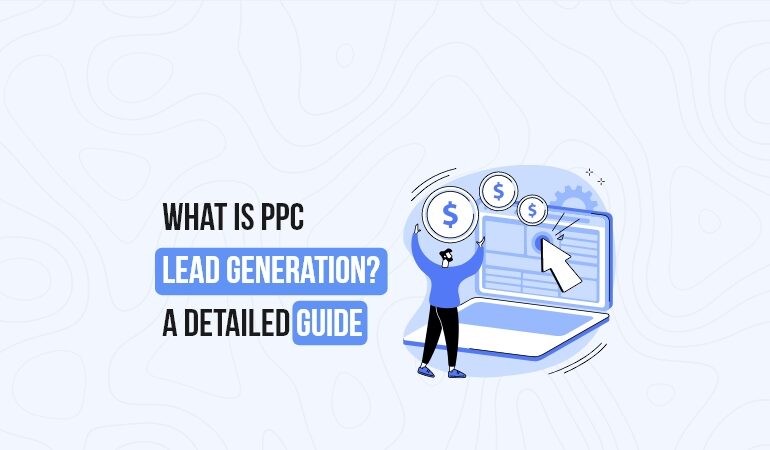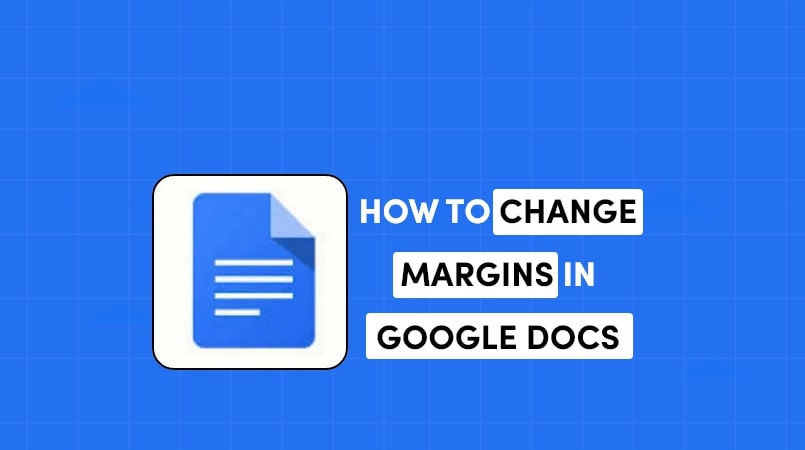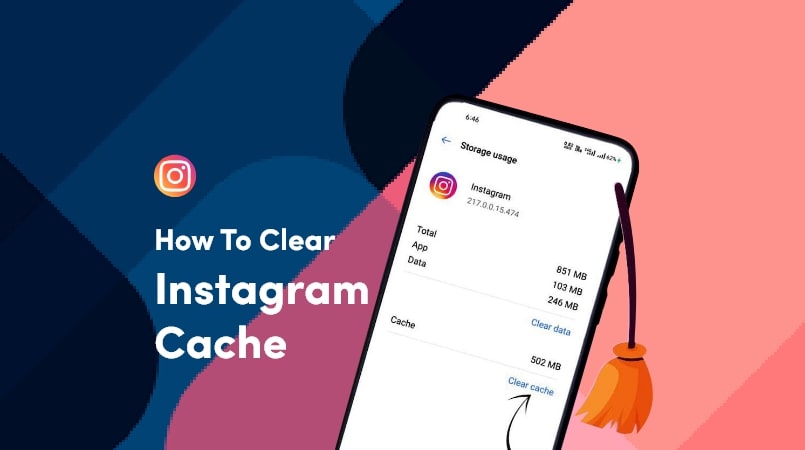
How to Create Content Guidelines | Step-by-step Guide
Have you ever started writing content for your business only to realize halfway through that you’re not entirely sure what you’re trying to say or accomplish? We’ve all been there. Creating content without guidelines is like going on a road trip without a map – you might end up somewhere interesting, but more likely you’ll end up lost and frustrated.
The good news is that you can easily avoid content chaos by taking the time to craft comprehensive content guidelines. Having a detailed content plan will make creating content so much easier and help ensure you’re producing high-quality, targeted content your audience will love.
In this article, I’m going to walk you through the six essential steps to creating your own content guidelines. By the end, you’ll have a crystal-clear content roadmap to keep you on track. Sound good? Then let’s dive in!
Determine Your Content Goals and Key Messages
To create content guidelines that provide clarity and direction, you need to start with the basics. Determine what you want to achieve and the main messages you want to convey.
Ask yourself some questions:
- What are your key content goals? Do you want to increase traffic, boost engagement, or build authority?
- Who is your target audience? What do they need and want to know?
- What are the 3–5 most important things you want to communicate to your readers?
Once you’ve defined your goals and key messages, you can start developing your content guidelines. The following are the main components to mention:
1) Voice and Tone
Describe the desired voice (level of formality) and tone (attitude) for your content.
For example, a friendly, helpful, and conversational tone for an audience of beginners.
2) Content Types
List the types of content you will create, For example, blog posts, videos, social media posts, ebooks, etc. For each, specify the recommended length, style, and posting frequency.
3) Search Engine Optimization
Explain how content should be optimized for search engines, e.g. include important keywords in titles, URLs, headers, and content; use semantic markup; get lots of internal links, etc.
4) Visuals
Discuss how and when to use visuals like images, graphics, GIFs, and video to enhance content. Provide any guidelines for visual style and quality.
5) Promotion
Outline how content should be promoted on social media platforms and in email newsletters. For example, share blog posts three times on Twitter and once on LinkedIn.
Creating comprehensive yet concise content guidelines will set you up for success. Be sure to review and revise them regularly based on your goals and audience needs. With clearly defined guidelines in place, you’ll produce high-quality content that achieves results.
Outline Your Content Structure and Create an Editorial Calendar
Creating an editorial calendar and content structure will save you time and keep you organized. Start by outlining your key topics and themes. What do you want to focus on? What value can you provide to your readers?
Once you have your topics outlined, break them down into a content structure.
For example:
- Topic 1: Content Creation Process
- Article 1: Developing a Content Strategy: A Step-by-Step Guide
- Article 2: How to Create Buyer Personas
- Article 3: Content Creation Tools to Streamline Your Process
- Topic 2: Content Marketing Strategy
- Article 1: How to Build an Effective Content Marketing Strategy
- Article 2: 4 Types of Content to Include in Your Strategy
- Article 3: How to Measure the ROI of Your Content Marketing
With your content structure set, create an editorial calendar to map out when you’ll publish what. A calendar helps ensure you have a steady stream of content in the pipeline and avoid scrambling at the last minute. You’ll want to schedule in advance by at least 6–12 months.
For each topic or article, note the month you plan to publish it. Then work backward, scheduling deadlines for completing research, writing drafts, editing and revising, and any other reviews. Make sure to also block out time for promotion once the content goes live.
An organized content structure and thoughtful editorial calendar are the foundation for an effective long-term content strategy. With these tools in place, you can set sail on your content journey, confident you have a map to reach your destination. The key is to start simple and build from there.
Establish Your Content Guidelines
Once you have a clear vision for your content, it’s time to establish the guidelines that will shape how you actually create it. Content guidelines ensure consistency and help you achieve your goals.
1) Define Your Content Pillars
What are the 3-5 main topics or themes your content will focus on? These pillars form the foundation that all your content will relate to. For example, if you run a gardening blog, your pillars might be:
- Plant care
- Garden design
- Lawn maintenance
- Seasonal Gardening
- DIY projects
2) Determine Your Content Format
Will you publish blog posts, videos, podcasts, or a mix? Define the types of content you want to create and the balance between them. For example, you may decide to publish:
- 2-3 blog posts per week (700–1,000 words)
- 1 video every other week
- A monthly podcast episode
3) Set a Content Calendar
Create an editorial calendar to map out topics and content types for the next 3-6 months. Figure out a schedule for your posts and allot time for creating and promoting your content. For example, you may schedule to publish:
- Blog posts on Mondays and Thursdays
- Videos on the 2nd and 4th Tuesday of the month
- Podcast episodes on the 1st of the month
4) Define SEO Guidelines
Determine standards for optimizing your content for search engines like keyword usage, meta descriptions, alt text, and internal linking. For example, you may aim to:
- Focus on 1-2 main keywords per blog post or video
- Include 3–4 related keywords throughout the content
- Keep meta descriptions under 155 characters
- Use alt text for all images that include the image subject and keywords
Following these steps will give you a solid plan for developing content that achieves your goals and keeps readers engaged. Be flexible—you can always adjust your guidelines over time based on what works well and what doesn’t. The most important thing is creating content you’re proud of that provides value to your audience.
Create Templates and Style Guides for Consistency
To ensure your content is consistent and of high quality, developmentally templates, and style guides. These provide a framework for how information should be structured and presented across your content.
1) Create Content Templates
Content templates outline the basic structure and layout of your content. For example, you might have templates for:
- Blog posts
- Email newsletters
- Product pages
- About us page
The templates should specify things like:
- Headings and subheadings to use
- Length and word count guidelines
- Image sizes and placements
- Standard content sections (intro, key points, conclusion, etc.)
Reusing templates helps readers easily navigate your content and allows you to scale production.
2) Develop Editorial Style Guides
A style guide defines your brand voice and how language should be used. It helps ensure consistency in:
- Tone (formal, casual, etc.)
- Terminology (e.g. use “sign up” vs. “register”)
- Punctuation (e.g. use serial commas or not)
- Formatting (e.g. bold keywords, italics for publication names)
A good style guide will cover:
- Grammar, spelling, and punctuation rules
- Tone and voice guidelines
- Glossary of key terms and preferred words
- Reference materials (brand assets, logos, etc.)
- Formatting standards
Distribute your style guide to anyone producing content for your organization. Review and update it regularly based on how language and trends evolve in your industry.
Using content templates and style guides is key to developing a cohesive content strategy. They enable you to scale production while maintaining quality, ultimately creating better experiences for your readers. Keep your content consistent, but not boring by using a human and friendly tone in your writing.
Review and Revise Your Content Guidelines Regularly
To keep your content guidelines as useful as possible, schedule regular reviews and revisions. As with any working document, content guidelines need to evolve to match changes in your business, brand, products, services, and audience.
1) Review Quarterly
A good rule of thumb is to review your content guidelines once per quarter. Get feedback from content creators, subject matter experts, and key stakeholders. See what’s working well and what could use improvement. You may find that some guidelines need revising or removing, while others need to be added. Stay on top of trends in content marketing and update your guidelines accordingly.
2) Update Annually
In addition to quarterly reviews, aim to do an in-depth update of your content guidelines once per year. This annual overhaul helps ensure your guidelines remain comprehensive, cohesive, and aligned with your current content strategy and business goals. You may revise or rewrite some sections entirely.
3) Get Input From All Involved Parties
When reviewing and revising, get input from all who interact with the guidelines, including:
- Content creators: They work with the guidelines daily and know what’s clear or confusing.
- Subject matter experts – Make sure guidelines related to products, services, and industries are correct and complete.
- Executives and managers – Ensure guidelines continue to align with the overall brand and business vision.
- Compliance team – Double-check that the guidelines meet all legal, regulatory, and ethical requirements.
3) Share Revisions Broadly
Once you’ve updated your content guidelines, share the new version with everyone involved in your content creation process. Post the file in a shared folder or storage service where people can always access the latest version. Highlight any major changes so people can review the full document.
With regular review and revision, your content guidelines will remain a useful resource for creating consistent, high-quality content that achieves your business goals. Keep them up to date and share changes broadly for the best results.
Conclusion
So there you have it, a detailed plan for creating content guidelines to ensure your writing is clear, consistent, and compelling. By setting content standards, defining your voice and tone, determining topics and themes, and establishing an approval process, you’ve built a solid foundation for content success. Now comes the fun part – put those guidelines into action! Start creating amazing content, get feedback, make adjustments as needed, and keep improving your process. With consistent effort, you’ll establish a content strategy that serves both you and your audience well. The time you invest now will pay off for years to come in the form of focused, impactful content. So put on your creative hat and get to work – your readers are waiting!

One of the top blogs about technology is foxsinsights.com, which specializes in producing excellent, engaging, and practical information. We are a team of seasoned writers that enjoy keeping up with the newest advancements and trends in the tech industry. Our goal is to impart genuine, practical information to our workers.











